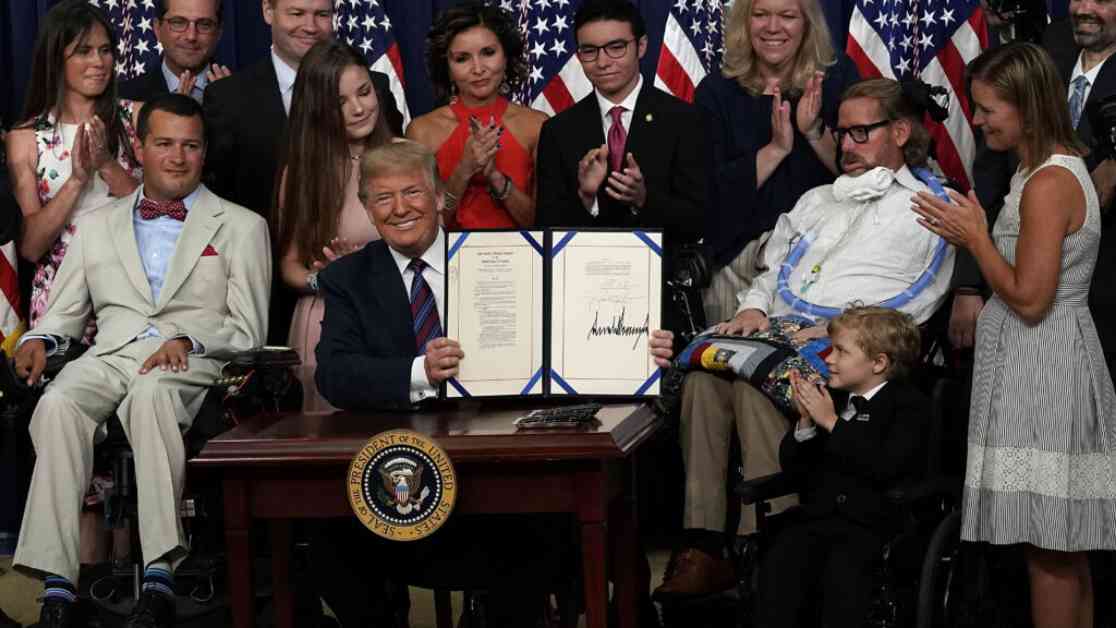Donald Trump has been highlighting the federal Right to Try law as one of his achievements in the lead-up to the presidential election. This law, signed in 2018, was intended to give terminally ill patients the opportunity to try experimental treatments when standard options were not available. However, over the years, it has not fully delivered on this promise.
During the Republican National Convention, Trump praised the Right to Try law, claiming that it has been instrumental in allowing terminally ill patients to access new drugs. While the concept of giving dying patients a chance to try potentially beneficial treatments is widely supported, there are significant shortcomings in the law that need to be addressed.
Firstly, there is no legal guarantee that patients have the “right” to try experimental medical products. While they can request access through their doctors, companies developing these products are not obligated to grant it. This lack of requirement for companies to provide access can be understandable due to various reasons such as limited supply or uncertainties about the product’s effectiveness.
Secondly, the Right to Try Act essentially repackaged an existing option known as “expanded access” without the oversight typically provided by the Food and Drug Administration (FDA). This lack of oversight raises concerns about the protection of vulnerable individuals facing life-threatening illnesses and the reporting of any serious harms resulting from the use of experimental products.
Furthermore, the liability shield provided by the Right to Try law limits accountability for bad outcomes, even in cases of negligence. While the intention behind this provision was to encourage companies and doctors to participate in the program without fear, it may create risks for patients without adequate safeguards in place.
Despite Trump’s claims that the Right to Try law has saved thousands of lives, the actual usage of the law has been limited. Reports show that access to experimental products under this law has been minimal, with only a handful of products being supported since its inception.
In light of these shortcomings, it is essential for policymakers to focus on improving access to clinical trials, raising awareness about expanded access options, and addressing the ethical considerations surrounding the use of investigational treatments. Rather than expanding a flawed law, efforts should be directed towards supporting scientific advancements, ensuring timely production of clinical evidence, and making treatments accessible and affordable for all patients in need.
In conclusion, while the Right to Try law may have good intentions, its implementation and effectiveness leave much to be desired. It is crucial for political leaders to prioritize meaningful solutions that truly benefit patients in need of life-saving treatments.

















